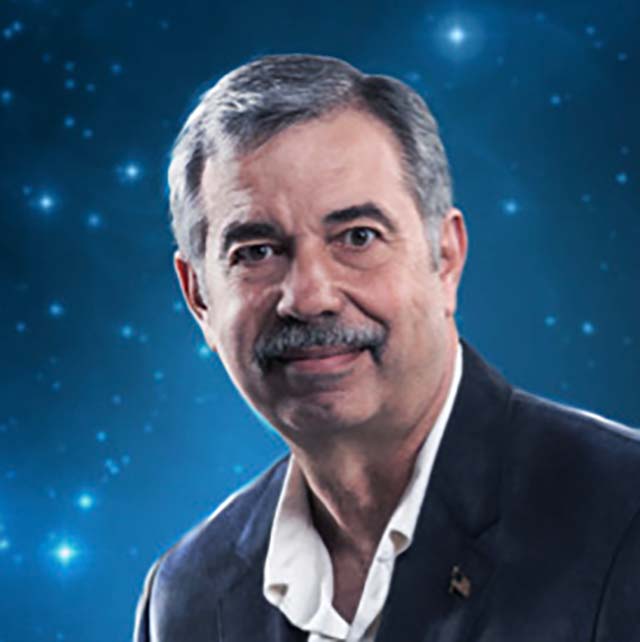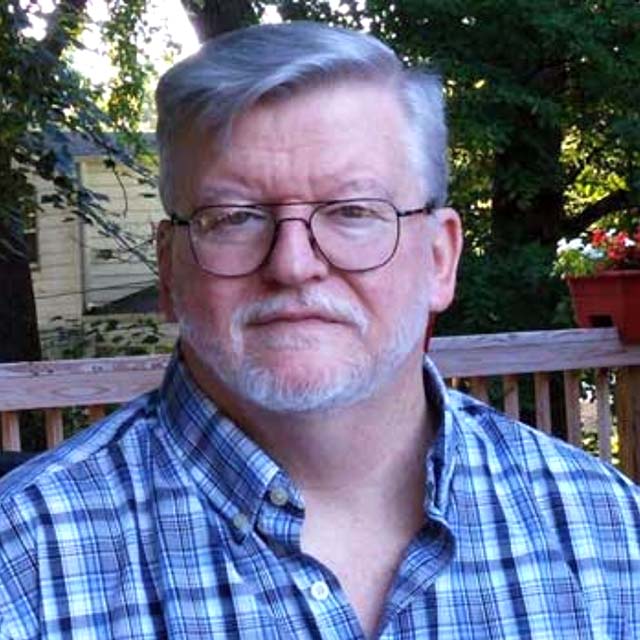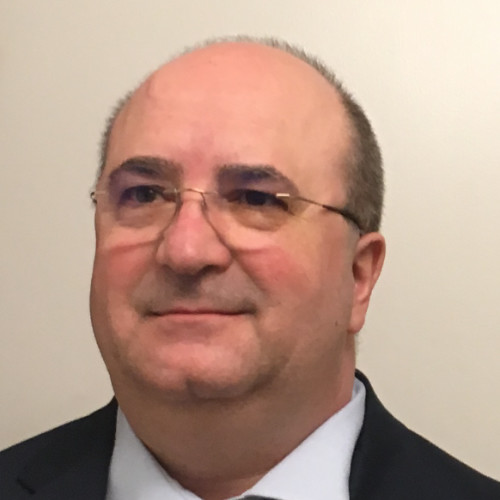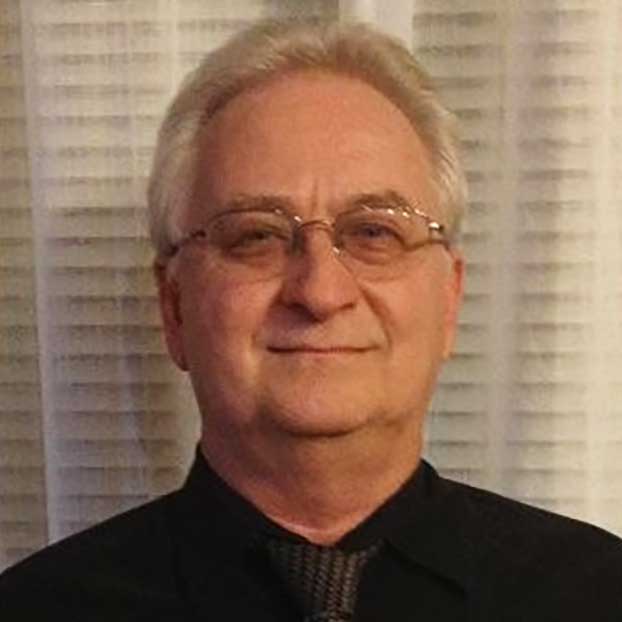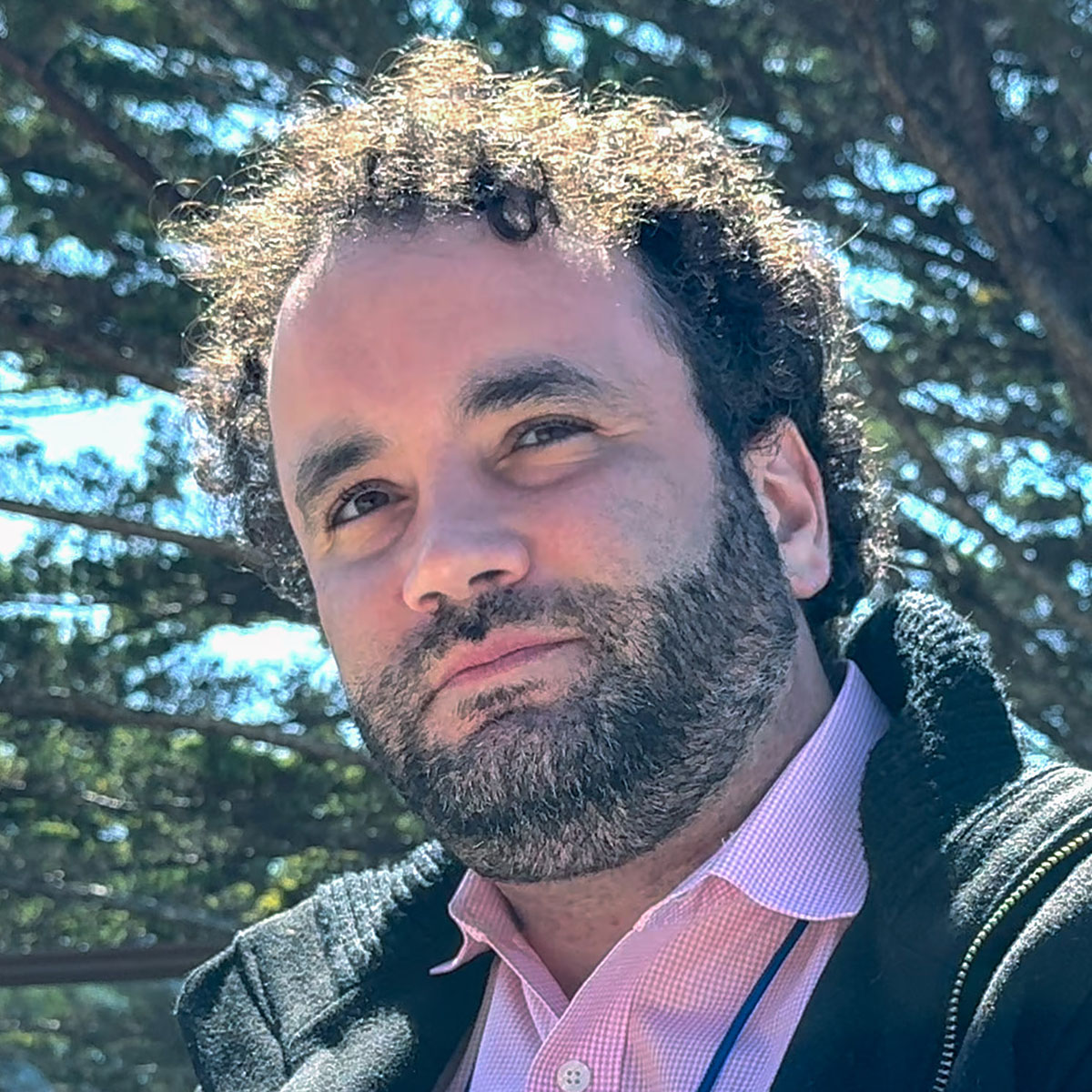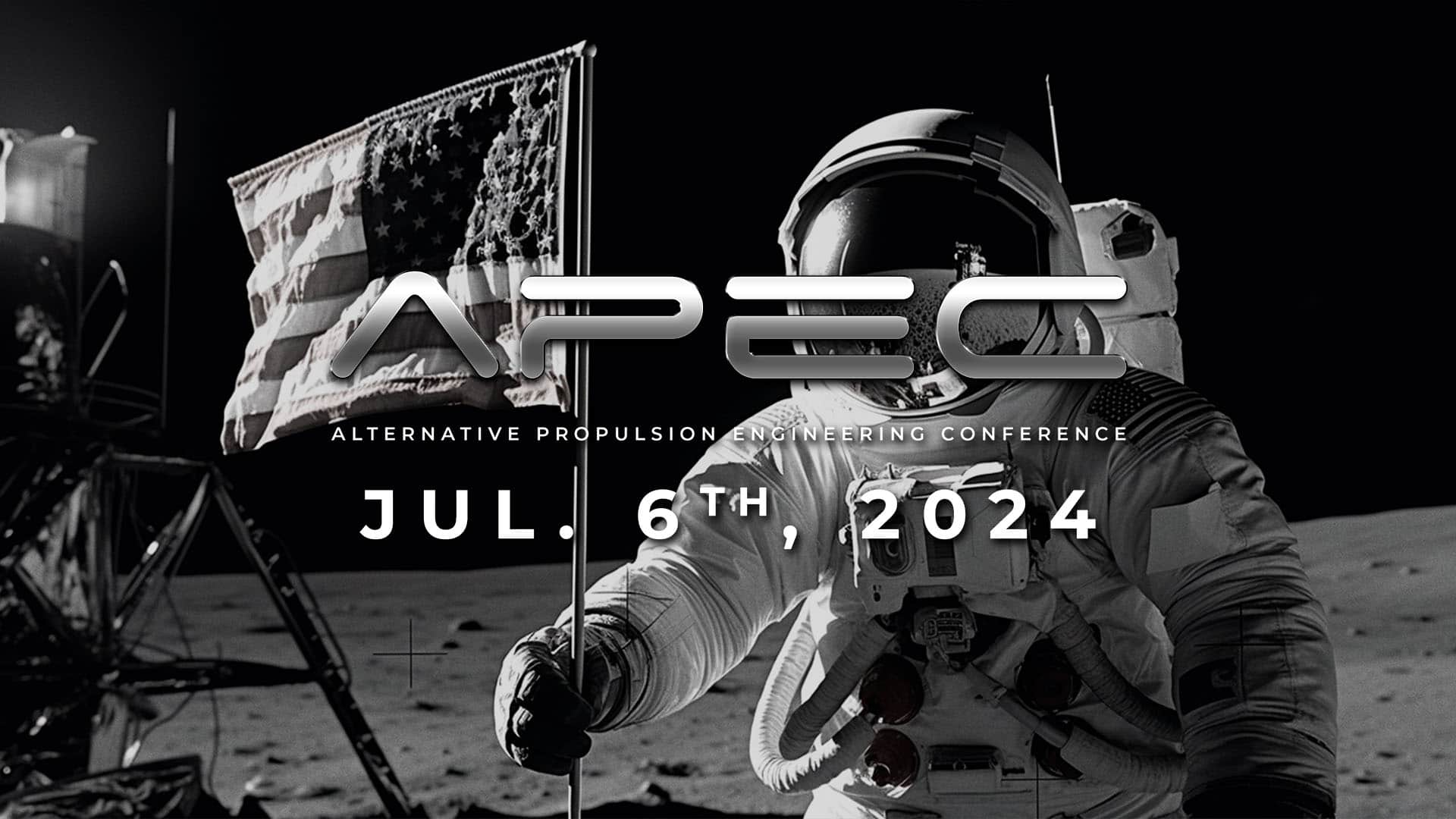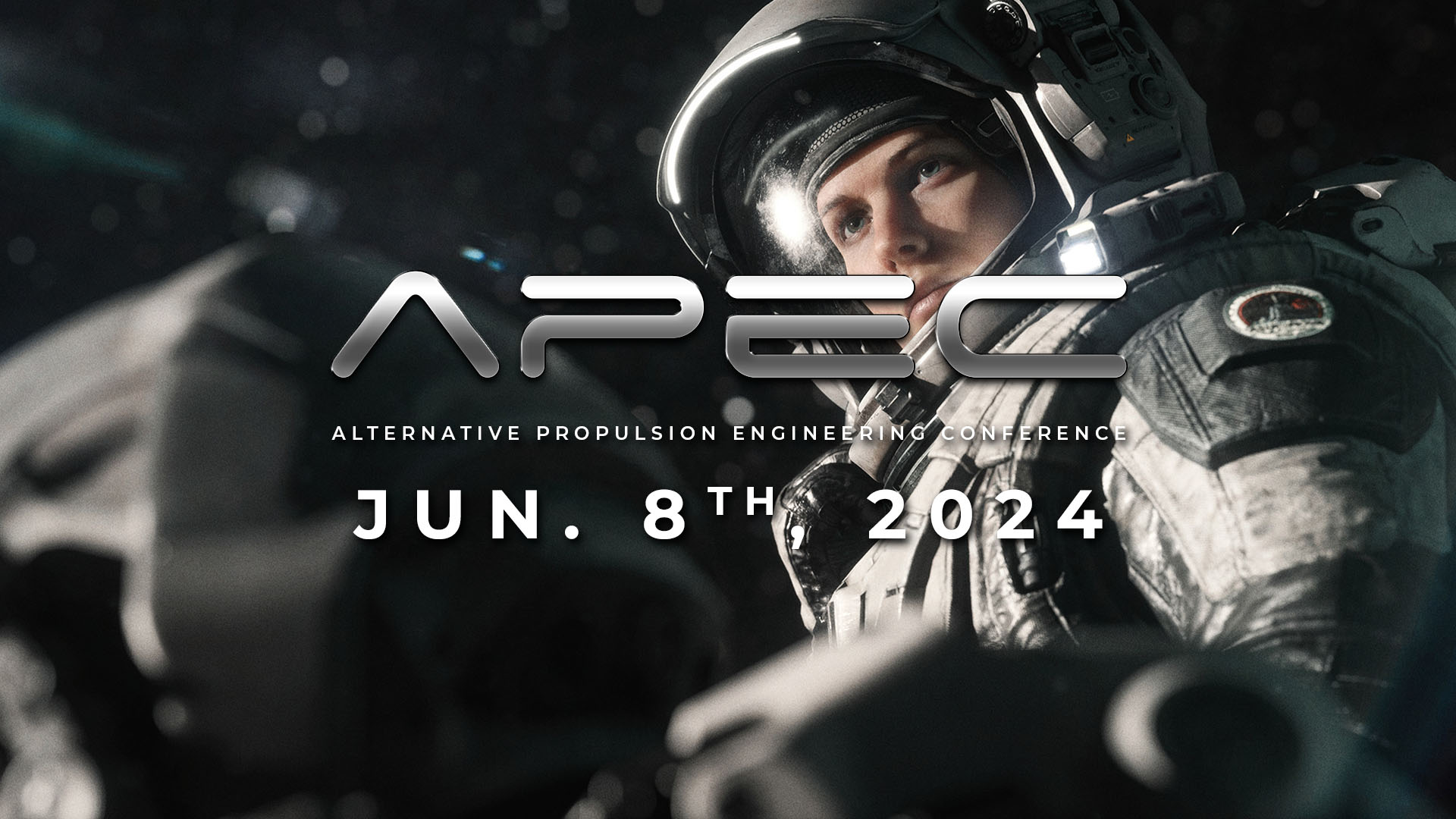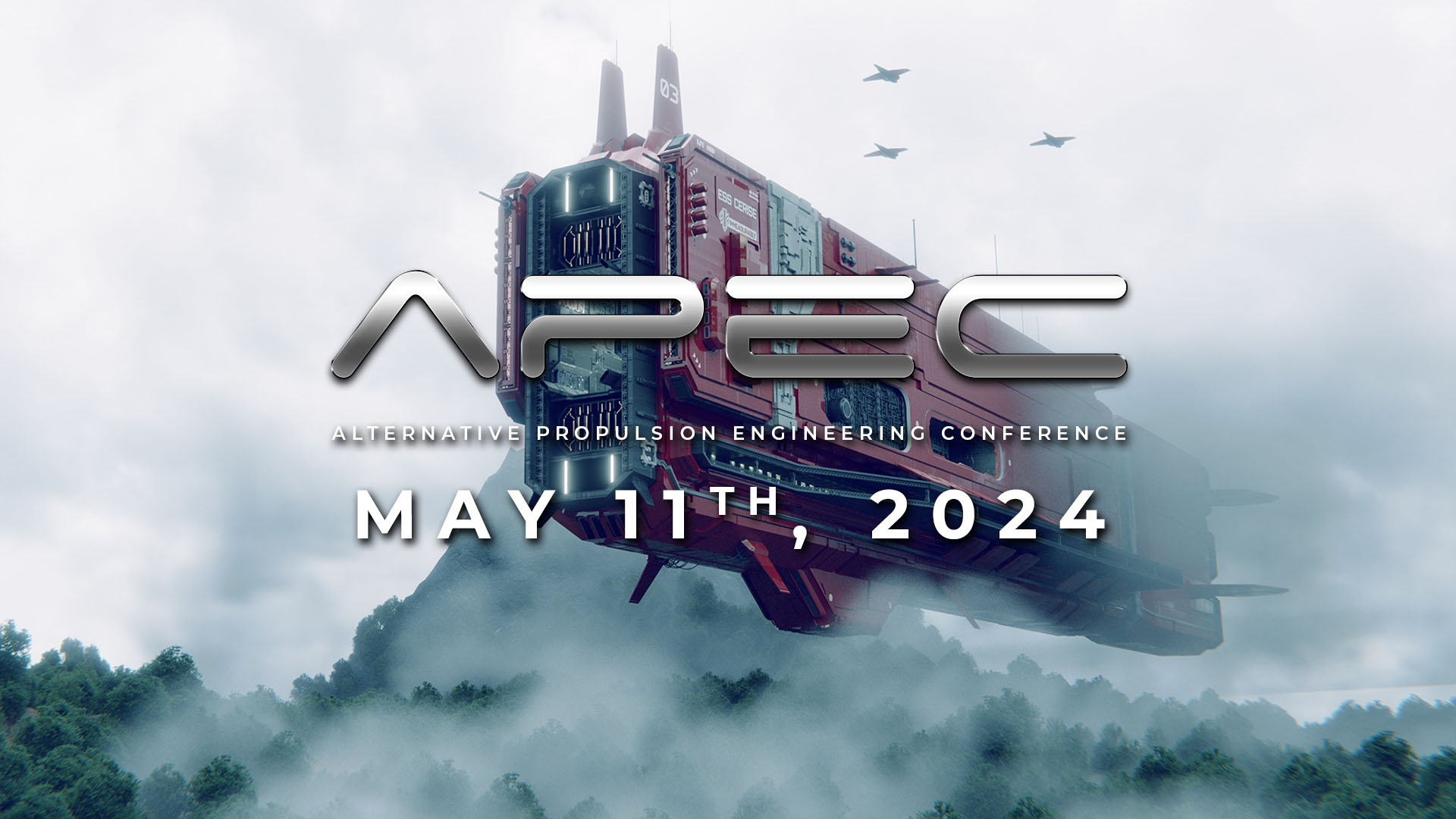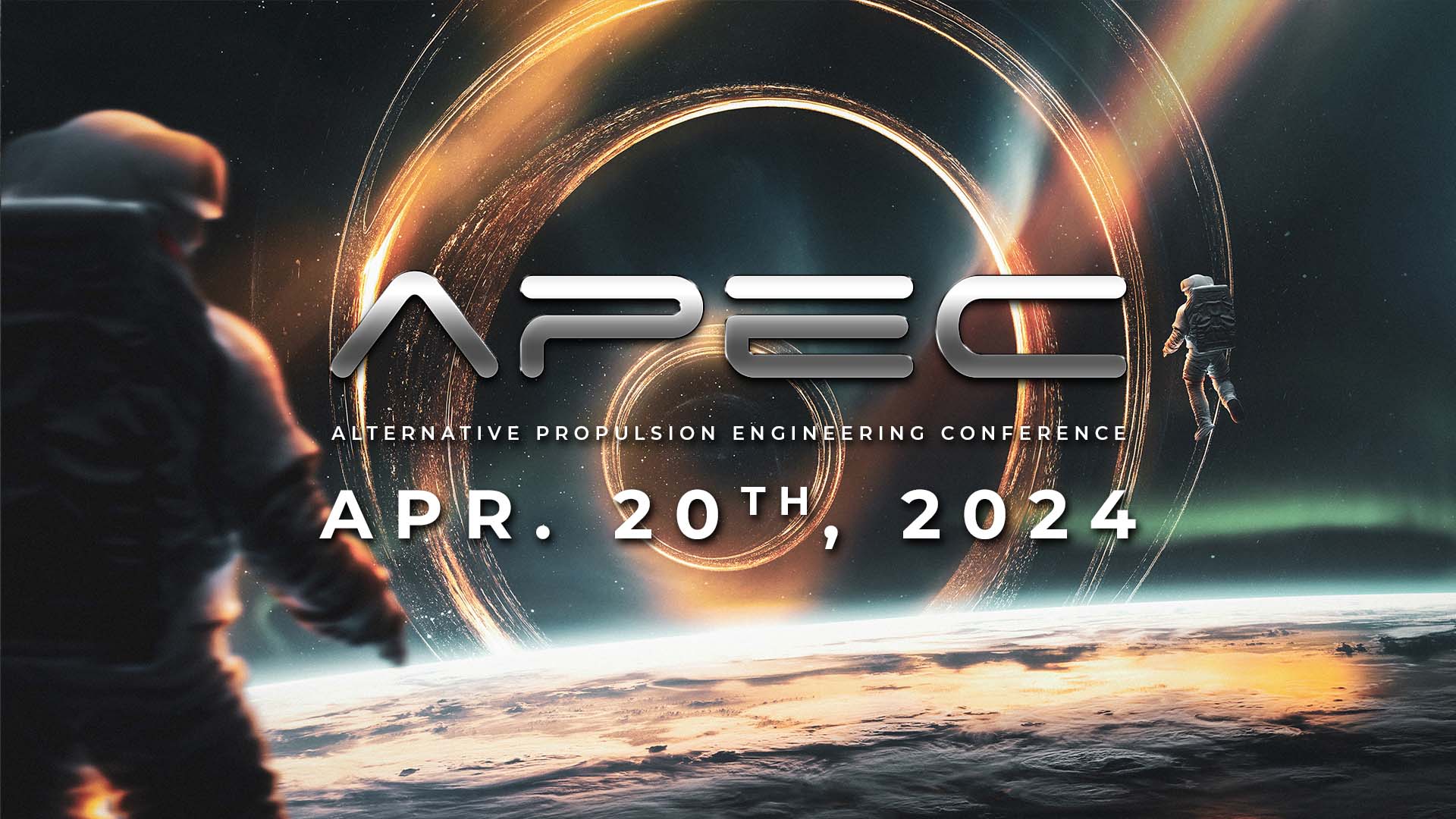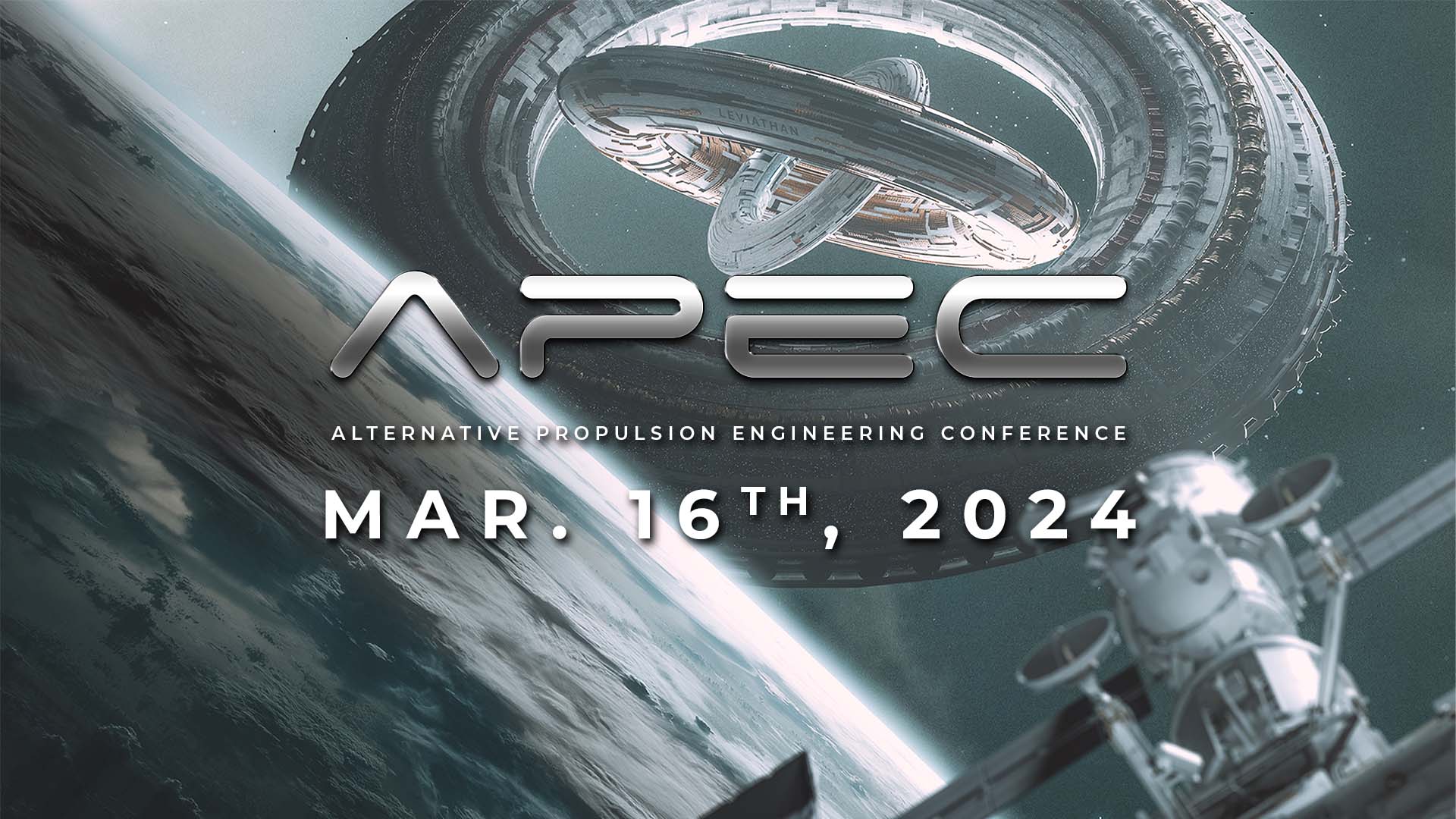APEC 9/25: Super Relativity, The VEM Drive & Interstellar Live
Conference Details
Mark Fiorentino discusses his model of Super Relativity, David Pares joins us from QED R&D to discuss the Variable Electromagnetic (VEM) Drive, Todd Desiato discusses spin stabilized magnetic levitation, and Mark Sokol joins us LIVE from the Interstellar Conference in Tucson with spot-interviews for this year’s conference presentations and exhibitors.
Part #1 – Mark Fiorentino – The Origin Of Mass, Gravity & Inertia
Mark’s goal in developing the Theory of Super Relativity is to complete Einstein’s dream of a Unified Field Theory, which he proposes to be ab aether theory in which the aether is a quasi-elastic solid and the the fundamental field from which all other effects are simply manifestations of. In this model, all forces, energies and particles are consubstantial within the aether, which provides the origin of mass, inertia, and gravity. He will also describe how this model allows the creation of an antigravity effect and proposed space drive.
Part #2 – Mark Fiorentino – The Origin Of Mass, Gravity & Inertia – Q&A Session
Mark Fiorentino answers questions related to his presentation.
Part #3 – David Pares – The Variable Electromagnetic Drive
For the last seven years, the Quantum Electrodynamics R&D team has been developing a proprietary Variable Electromagnetic (VEM) Drive that compresses the fabric of space. The VEM Drive requires no liquid propellant that chemical and ion drives require to move through space. The team has performed replicable demonstrations that the VEM Drive (Version 18) can produce up to three pounds of pull solely on battery power, and plans to construct a more powerful set of drives capable of achieving autonomous lift for space propulsion applications.
Part #4 – David Pares – The Variable Electromagnetic Drive – Q&A Session
David Pares answers questions related to his presentation.
Part #5- Todd Desiato- Spin-Stabilized Magnetic Levitation vs. Gravity
Todd Desiato will be discussing spin-stabilized magnetic levitation, a phenomenon of magnetic levitation whereby a spinning magnet is levitated via magnetic forces above another magnet and stabilized by a gyroscopic effect due to its spin. In this presentation, Todd suggests that the principles underlying spin-stabilized magnetic levitation may also explain the reported levitation effects in Alexey Chekurkov’s videos. This presentation includes a detailed attempt to construct a model to explain Chekurkov’s claims based on the application of this principle.
Part #6- Todd Desiato- Spin-Stabilized Magnetic Levitation vs. Gravity – Q&A Session
Todd Desiato answers questions related to his presentation.
Part #7 – Glen Robertson – Quantum Gravity as a Quantum Warp Field (IRG ’21)
Glen “Tony” Robertson joins us LIVE from the Interstellar Research Group (IRG 2021) conference to discuss his poster-session presentation on the exhibition floor for Quantum Gravity as a Quantum Warp Field. This presentation shows the development of quantum gravity in terms of the energy shell of quantum fluctuations that emanates from objects. Showing that all accelerations, to include gravity, results from the displacement of the accelerated object’s energy shell of quantum fluctuations, which looks like a warp field in spacetime. That is, all accelerated objects produce a quantum warp field when accelerated to any speed.
Part #8 – William Gardiner – Kreutz Comets (IRG ’21)
William Gardiner joins us LIVE from the Interstellar Research Group (IRG 2021) conference to discuss his poster-session presentation on the exhibition floor for “Kreutz Comets are Ultra-Fast Moving Objects – Can This Motion Be Exploited?” We require a well understood means to transport us to distant starts in less than a lifetime. Our objective is to determine whether the Kreutz group of sun-grazing comets represent a material transport process that can be emulated.
Part #9 – Steve Durst – Interstellar University (IRG ’21)
Steve Durst joins us LIVE from the Interstellar Research Group (IRG 2021) conference to discuss his poster-session presentation on the exhibition floor for “An Interstellar University in the Ad Astra State”. An Interstellar University (IU) in Kansas is now advancing as 21st Century aspiration, having been proposed at the 6th Interstellar Symposium 2019 November 10-14, Wichita, in the State with official motto “Ad Astra Per Aspera”– To the Stars Through Difficulties.
Part #10 – Bart Leahy – Arts and Recreation on Mars (IRG ’21)
Bart Leahy joins us LIVE from the Interstellar Research Group (IRG 2021) conference to discuss his poster-session presentation on the exhibition floor for “Arts and Recreation on Mars: Contributing to Quality of Life in the Leominster Community”. The paper is written as a report to future city planners for Leominster, a fictional 1,000-person city being built on Mars. The report will explain the need to incorporate arts and recreational spaces into their community consciously and deliberately.
Part #11 – Mark Prusten – Quantum Computing for Hypersonic Propulsion (IRG ’21)
Mark Prusten joins us LIVE from the Interstellar Research Group (IRG 2021) conference to discuss his poster-session presentation on the exhibition floor for “Classical and Quantum Computing Algorithm Design for Hypersonic Propulsion”. The implementation of Interstellar travel requires a unique propulsion system which will need new High Performance Computing (HPC) innovations.This work explores new algorithms from Classical to Quantum Computing for the eventual E-Design process.
Part #12 – Open Discussion
During this IRG ’21 intermission, we went to Ron Kita for an update on his latest research into gravitational-modification using the chiral chemistry in electrets. Kita discusses his synthesis of these electret chemicals with Michael Boyd, and describes some of the challenges involved with creating them, along with the resulting weight loss he believes he’s measured. Michael Boyd also dives into the challenges of pair production in a vaccum, and discusses the properties of the space-time manifold.
Part #13 – Gonzalo Munévar – Wormholes & Warp-Drives (IRG ’21)
Gonzalo Munévar joins us LIVE from the Interstellar Research Group (IRG 2021) conference to discuss his poster-session presentation on the exhibition floor for “Wormholes, Warp Drives, and Other Possible Means of Interstellar Migration”.A full survey of the alternative proposals is beyond the scope of this talk, but I will briefly discuss Wheeler wormholes and Alcubierre’s Warp Drive, before making a case for why a Gerard O’Neill type of Space Colony propelled at high relativistic speeds would be the most promising means to carry out successful interstellar migration.
Part #14 – Albert Jackson – Interstellar Ramjet Engineering (IRG ’21)
Albert Jackson joins us LIVE from the Interstellar Research Group (IRG 2021) conference to discuss his poster-session presentation on the exhibition floor for “The Interstellar Ramjet: Engineering Nightmare”. He conducts a review of the extreme constraints on the engineering physics of an interstellar ramjet. Fishback’s limit on final mission speed is a much smaller value now. All this before one considers system efficiencies, radiation losses, drag and radiation damage. Further the scoop constraints limit the viability of the augmented and laser powered ramjets.
Part #15 – Open Discussion
We conclude the Sept 25th session of APEC with a brief open discussion of the topics covered during the event, the impact of the conference, and other notable conference items. Conference guests interested in presenting experimental info to the group are invited to participate at this time, and our presenters will be available to take questions & discuss experiments.
Links & Resources
• Mark Fiorentino: Super Relativity Website
• David Pares: QED Website QED Documents QED Videos
• Todd Desiato: YouTube Channel
• Interstellar Research Group: IRG Website IRG Conference Poster Exhibits
• Falcon Space Facebook | YouTube
• Jeremy Rys: Alien Scientist Website
Join the APEC Conference
Want to see more great conference events like this one? Sign up for our mailing list to get exclusive access to captivating presentations, engaging events, and more!
RECENT EVENTS
APEC 5/11: The Race To Infinity, The Searl Effect & EVOs
April 27, 2024
APEC 4/20: Space Elevator, Graviflyer & QGEM Theory
March 23, 2024
APEC 3/16: Horizon Drive, Graviflyer & Gravitational Coupling
February 23, 2024
